Revenge of the Ravens: The Story of Einsiedeln, Switzerland
While visiting our daughter in Indiana last spring we discovered several areas that were settled by the Swiss–including St. Meinrad, site of an archabbey founded by the Swiss Abbey of Einsiedeln in 1854.The archabbey is now a pilgrimage site and home to 100 Benedictine monks. You may have seen cards and other paper products produced by their Abbey Press.
When we were in the Lake Zurich region of Switzerland in October we used our Swiss Pass and took the train to Einsiedeln, in the Swiss canton of Schwyz.
The Benedictine Monastery Einsiedeln is the largest abbey and oldest pilgrimage site in Switzerland and is one of the most important pilgrimage sites for the Virgin Mary in Europe.
Meinrad
It all goes back to Meinrad, born in Germany to a wealthy family–the Counts of Hohenzollern. In this time of primogeniture the first son inherited the entire family estate. In keeping with the traditions of the time, when it was time for Meinrad, who was the third or fourth son, to learn to read and write he was sent to an island in Lake Constance for a life with the Catholic Church.
He became a Benedictine monk and priest, and in 820 AD was sent to teach in the southern part of Zurich, near Rapperswill. He liked the area, but wanted to spend his life as a hermit monk devoted to prayer, not as a teacher.
In 827 he went to an area two or three miles away, but people still came to him for advice. Seeking more solitude, he built a cabin in what is now the site of the monastery.
For twenty-six years Meinrad lived in as a hermit. On the January 21, 861, two men named Richard and Peter came to rob him of his treasures. They were enraged to discover that he had given away all his worldly goods and murdered him.
Two ravens that Meinrad hand fed followed the murderers to Zürich, squawking loudly and attacking them. Richard and Peter hid in a restaurant in the Old Town, but the noisy ravens attracted the attention of the townspeople, who had heard of the crime. The murderers were condemned to a gruesome Medieval-style death. Meinrad was recognized as a martyr.
The monastery and its history
The Benedictine monastery was established in Einsiedeln in 934. It was completed fourteen years later, and just as it was about to be consecrated and inaugurated, Bishop Conrad of Lake Constance had a vision that the roof opened to heaven, Jesus and Mary appeared and the voice of God instructed him to not consecrate the chapel because God had already consecrated it in honor of the Madonna. A papal bull in 964 authenticated the vision.
September 14, 948–the day of the Miraculous Consecration, is the most important day in Einsiedeln. Before trains came to Einsiedeln pilgrims traveled on foot and Engelweihe was a ten to fourteen day celebration that began on a Sunday.
Engelweihe, the consecration or blessing of the angels, is now celebrated every September 14 with an illumination of the church, monastery, and nearby buildings. Townspeople and pilgrims march in a candlelight procession. If the date falls on a Sunday, the celebration is more elaborate.
By the 17th century, the church became too small to serve as a monastery with about 250 monks, a place for pilgrims, and a parish church.The Prince Abbot also wanted a monument that would reflect his stature.
The monastery received royal support throughout the Middle Ages. Statues of two German Emperors — Otto I on the left and Henry II on the right–flank the entrance.
It was Otto I who in 948, gave land and granted the Abbott power as a Prince Abbot. This authority continued until the French Revolution in 1798.
Henry II gave the monastery over 56,500 acres, an act that was contested by the people of the area who used this land for their cows. He also gave the rights to elect the Abbott from among themselves–something not even the Pope in Rome can change.
The magnificent baroque abbey, nearly 2,500 feet long and 525 feet deep, is one of the finest in Europe. Built of sandstone native to the area where Meinrad first lived, the exterior is designed with arches that reach out like open arms.
A carved wooden main door is open only on holidays. The paved square up was built about 1750 by an Italian architect to as a smaller version of St. Peter’s Square.
The waters from fountain on the square are believed to be from the same source Meinrad found. People come to drink from the fourteen faucets, each dedicated to a different saint. Many claim to have been cured by the waters of this sacred spring, which are said to provide good health throughout the year.
The interior was created by the Asam brothers, who are considered the best 18th century baroque decorative artists. The white walls are gilded and the art draws the eye upward, as to heaven. There are vaulted ceilings, pillars, and magnificent paintings and frescoes, including the popular Christmas Cupola depicting the birth of Jesus. We were not allowed to photograph the interior.
Ravens are on either side of pulpit in tribute to St. Meinrad. There are gold caskets and relics of the first Christian martyrs in Rome. About 460 little angels all looking up happily up the heaven promised to faithful believers.
There are three very different areas–one for pilgrims, one for mass, and one dividing the worldly church from the monastery. It’s awe through architecture at its best. Photographs are not allowed inside the church.
The Black Madonna
130,000 people were here to celebrate the Madonna statue that replaced the original one from 1286 that was destroyed by fire. It is believed that the Madonna, carved in 1466, like the original, can perform miracles.
In 1798 the people knew the French would be coming to attack and hid whatever they could, including the renowned Black Madonna, which they replaced with a replica. The French destroyed the chapel, using it as a stable for their horses, and the monks were chased away. The replica taken on May 31, 1798, is still in the Military Museum in Paris.
The monastery was later allowed to reopen on the condition that the Prince Abbot renounce his power and feudal rights. He did, and the hidden artifacts were brought back to the church. The position of Abbot of Einsiedeln remains comparable to that of a Bishop.
The Black Madonna needed restoration. When the dark soot from centuries of candle smoke was removed, the Madonna the original light complexion–the color of linden wood–was revealed. It no longer resembled the mystical Madonna that people came from around the world to see. The monks decided to paint the face black, and it remains so today.
The Black Madonna is enshrined in a black marble chapel within the abbey church. It was erected after the French Revolution on the site where Meinrad’s hut is believed to have stood. The site that has drawn pilgrims since the Middle Ages.
The Madonna is surrounded by a gilded circle with rays of light. Her robe is selected according to the liturgy from her valuable collection of over thirty garments, most of which were donated.
There are daily masses, chanting and singing of Vespers, and a Salve Regina tribute to the Virgin Mary.
The library
The Benedictine monks’ day includes prayer five times a day, lectures, and as much reading as possible. Monasteries were historic centers of learning and written material, and included a libraries. The need for space grew quickly after the invention of the printing press.
Einsiedeln’s baroque library was built in the early 1700s by Abbot Nikolaus II Imfeld, ransacked by the French, and restored in 1803. The French knocked the noses off the wall medallions of emperors and popes. If you visit, be sure to take a look at the reconstructions.
The library is on the north side where temperatures are cooler and more constant throughout the year. Hand-lettered and illustrated books are on display. Fragile manuscripts are preserved elsewhere.
The school
The school, originally for the training of monks, opened in 1850 to all boys. It is now a highly regarded coeducational high school that offers a classical education and annual musical trips throughout Europe.
There is also a theological school open to Benedictines and others. Some of the Swiss ski team who come in summer for training and competitions at Einsiedeln’s snow-free jumps live here and use the gymnastics hall.
The monastery property
Stables were built behind the abbey for horse breeding about 250 years ago and are maintained to high standards. It is about a fifteen minute walk along a foot path from the stables to the statue of St. Benedict and the best view of abbey complex. The Tourist Office can provide a hiking map of area.
There is also a walk through the gardens, but don’t set your watch by the clock on top of the nearby Benedictine hall. It chimes five minutes early to give the monks time to get to prayer.
The stacks of wood for heating and construction are from the monastery’s private forest–the largest in Switzerland. The monastery issues 70-year leases of their agricultural land to farmers, and since the monastery owns ski lift land, monks can ski free.
Dining in Einseideln
Schefer bakery and restaurant on the ground floor of the Hotel Bären is a good choice for lunch or something sweet.
Prost! We toasted with Sauser, an unfermented juice available after the grape harvest. A full menu was available, and on Friday in this Catholic area, the daily specials are meatless.
We tried a salad with Ofenturli, similar to a crustless quiche–a regional specialty, and browsed the selection of sweet treats–like mandelstangen (almond bars), vermicelles törtli (chestnut tart) , schwarzwälder (Black Forest cake), himbeerjogurt (raspberry yogurt), and the special of the day, apfelgipfel mit nusskruste (apple mounds with nut crust).
The must-see bakery
Another Einsiedeln specialty are called Schafböcke, which translates as rams. This traditional pilgrims’ cookie is made of flour, water, honey, and spices and is shaped like a resting lamb.
The monastery used to hold all rights to make Schafböcke, but after the French Revolution all bakeries were allowed to make them. One of the best places to find traditional treats like these is at Goldapfel, a 19th century gingerbread bakery and museum on Kronenstrasse 1. Admittance is free.
Goldapfel was once the home of the shoemaker, whose wife’s baking business began to exceed that of her husband’s shoemaking. Without a clock, she baked her Schafböcke as long as it took to pray a rosary.
The bakery has now been in the same family for seven generations. The shop has a wide range of products for pilgrims and others, including a filled gingerbread that is an Einsiedeln specialty, and liqueurs.
It’s one of the best places to find unique souvenirs to bring home for friends and family to enjoy.
Other attractions
Concerts are held in the abbey church and Great Hall, which also holds exhibitions throughout the year.
Two other monastic attractions are Diorama Bethlehem, the largest nativity display in the world, with 450 hand-carved figures and a painted background that extends nearly 100 feet, and Panorama, which features a circular painting of the crucifixion of Christ.
The Ybrig ski school is the oldest ski school in Switzerland, and Hoch Ybrig is a family friendly ski region by Einsiedeln.
Einsiedeln is the site of a Christmas market from late November to early December. Over 100 stalls line main street and the abbey square, selling handicrafts, Glühwein, a warm spiced red wine, and, of course, gingerbread, known as Lebkuchen.





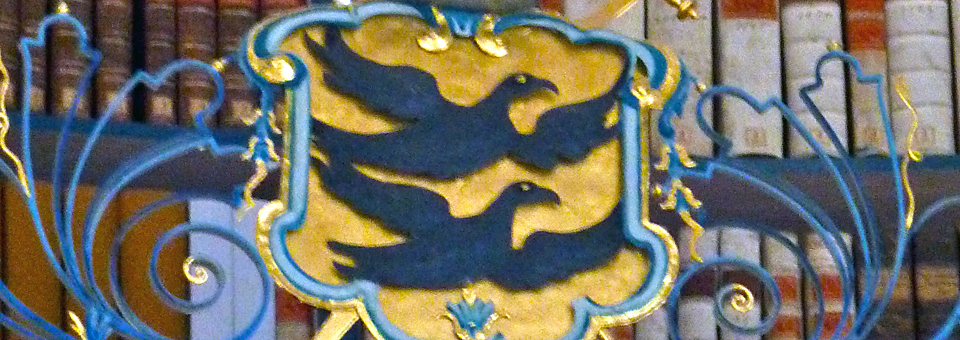
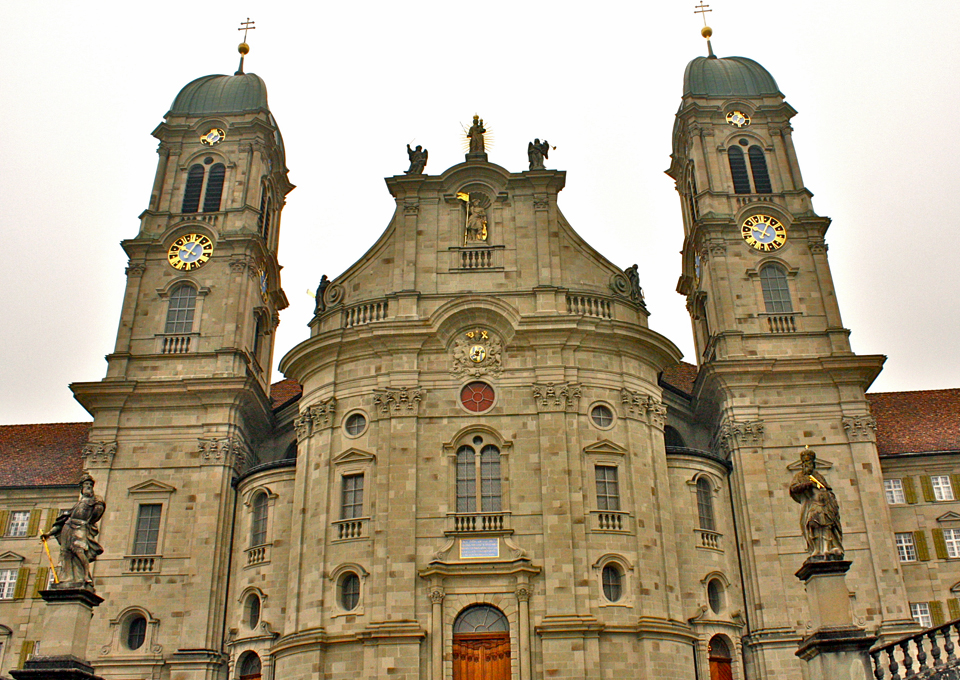




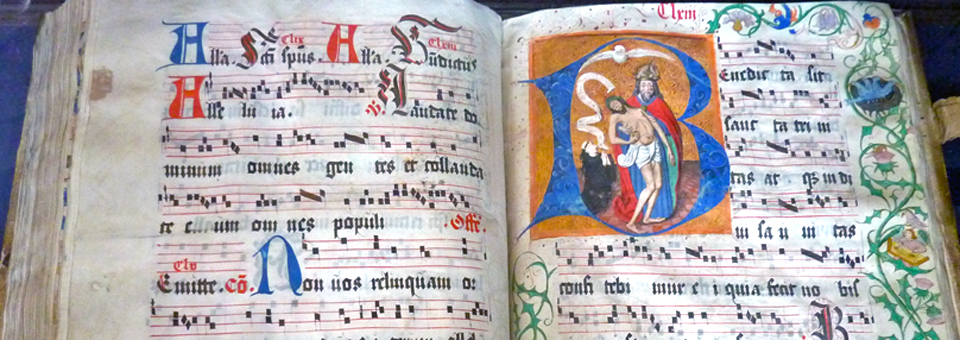





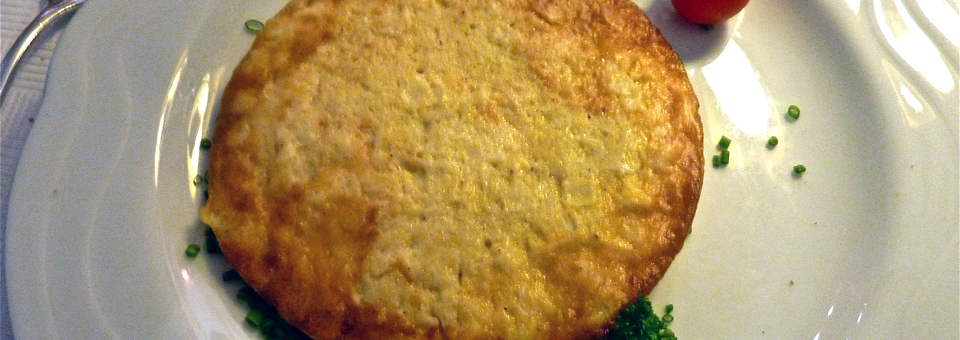
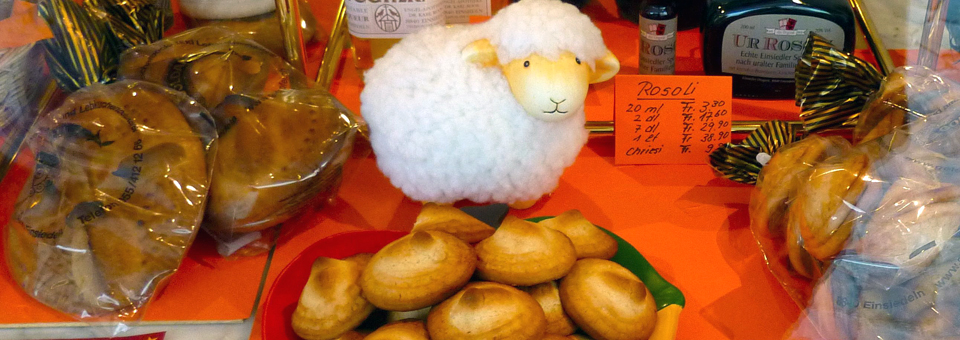


No Comments
Trackbacks/Pingbacks